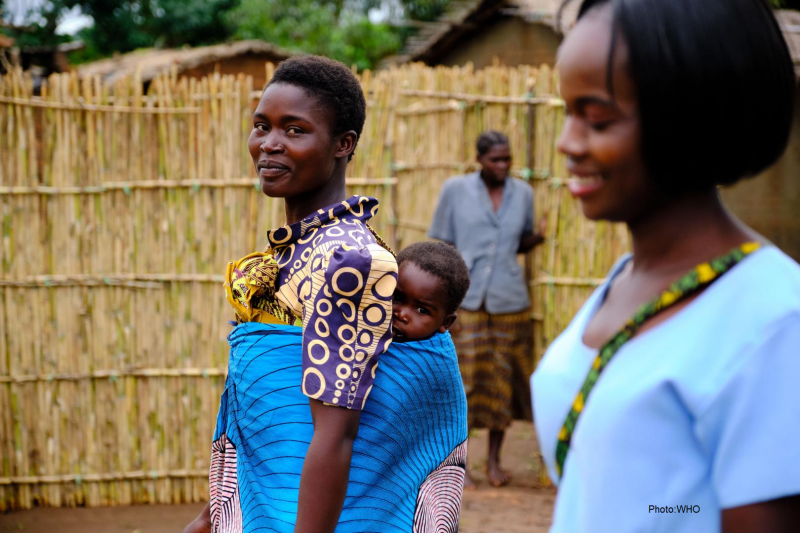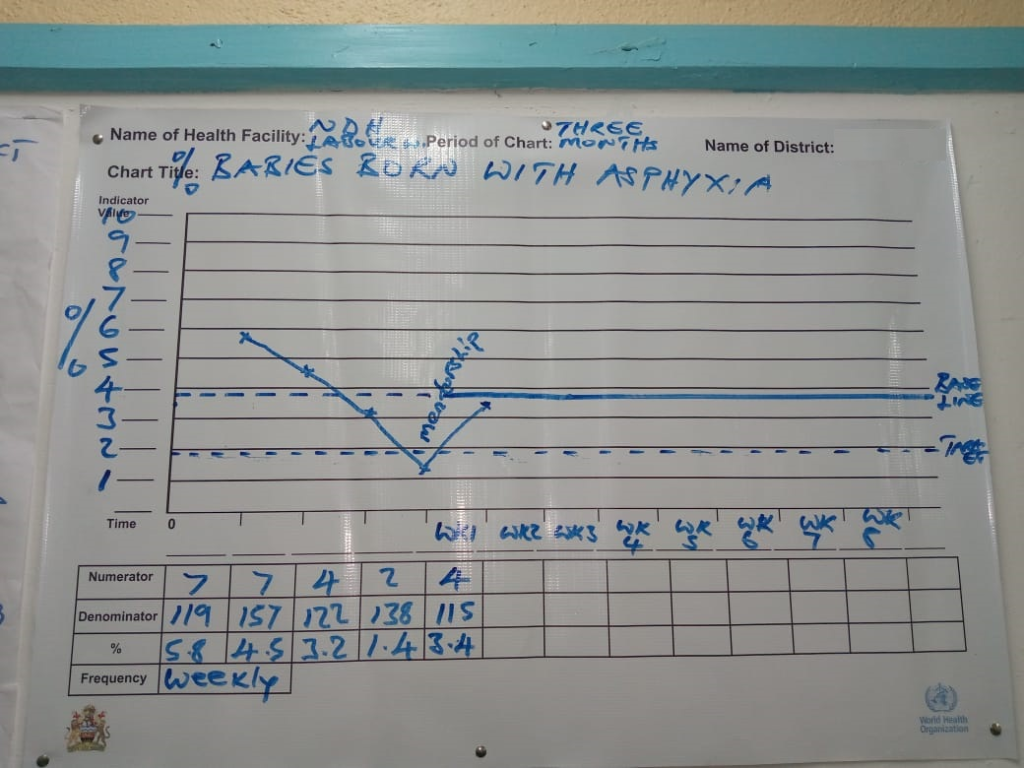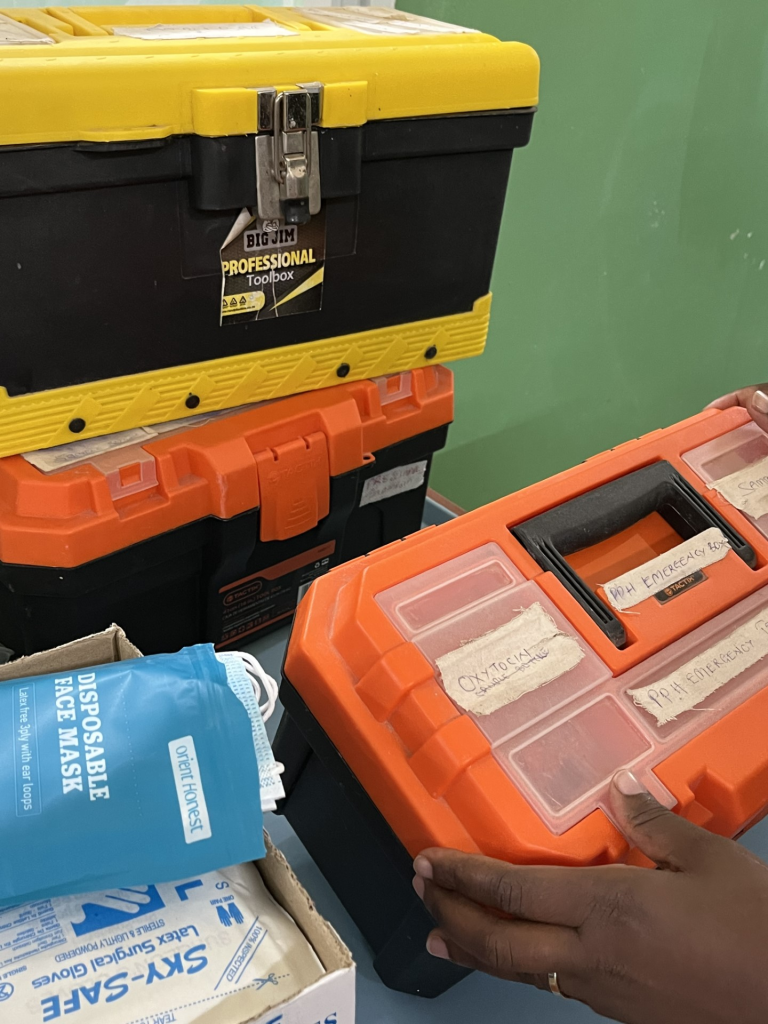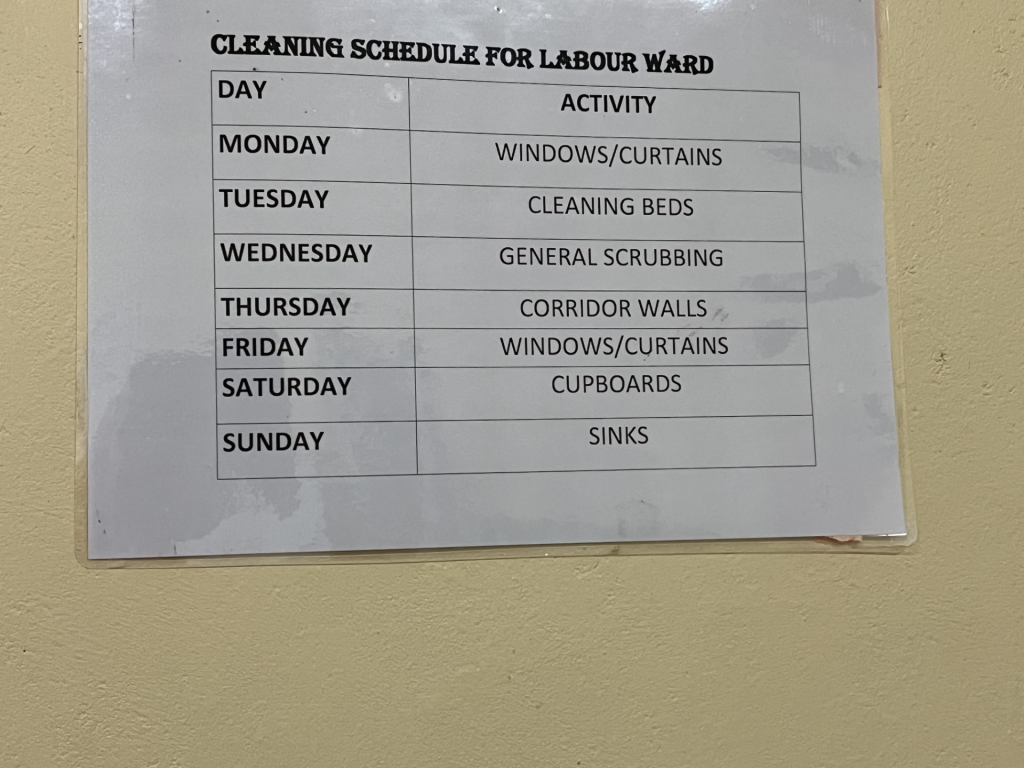
Stories from Malawi: When a mother and her healthy baby thank me, I feel on top of the world!
The sun has just set, and it is about to get dark when I sit at home by the kitchen table with my laptop and I hear a hello. Midwife Mwayi Banda has logged into the zoom meeting we have scheduled after her day of work. She is a well experienced nurse/midwife in Malawi who has worked in the labour ward for 15 years. Mwayi Banda is the quality improvement mentor in charge of the maternity ward in one of the hospitals the ALERT project is working with in Malawi and the safe motherhood coordinator for the whole district. I will come to learn throughout our meeting that this woman is an inspiring key leader and champion leading the way towards safe deliveries for all mothers.
Internalizing the Quality Improvement
“I date back to the training that ALERT gave to almost all the maternity staff and how they oriented us to quality improvement. We were enlightened that we can use the little resources that we have but still come up with better outcomes. So, we started implementing, although there was a reluctance to start, but we are glad that we did. Now we are on the track and all the run charts have helped us to track the progress” Mwayi says.
One of the indicators for their run charts is on birth asphyxia where they keep track of the number of babies born and how many of them are asphyxiated.
“We review this file because there are many factors that surrounds the baby to be asphyxiated. If we monitor reports, we see what has happened but also because we are most affected since we are referral hospital”.
Midwife Mwayi says she is appreciative of the ALERT project and its continuing support from mentors. She would want to see that everyone in the hospital knows what QI is, internalize it and make it a part of their work for which they need the project’s support.

Observe, review and give feedback
Every week the whole labour work improvement team (WIT) sits down to ask where we are and where are we coming from. They use run charts on a drawing board to evaluate the progress of different indicators. The team then discusses and evaluates their performance to see what has happened for them to do good that they can continue with or less good that needs change. The run charts help to try other change ideas.
“When we are doing the weekly evaluations and we see that one of the change ideas is flopping, we ask ourselves if we can abandon it and try another. It has also helped us to replan in the planning”.
But there are some factors that are harder to control. Midwife Mwayi explains the frustration she and her colleagues feel when the system fails them.
“Some of the health facilities and district hospitals are so far and we do not have stationed ambulances in the health facilities. It can take three hours from when they call for an ambulance to get there and then we must drive three hours back”.
In the past months there has been a fuel crisis and breakdowns of autoclaves. In the worst cases there has not been enough fuel for an ambulance to go and pick up the patients. This has affected the rate at which emergency cases have been handled. In other situations, the staff can identify fetal distress, but the operation is delayed due to lack of equipment like drapes, gowns and instruments. There is also only one functional operation theatre for the whole hospital. This leads to queuing of patients for a long time. There may be an emergency case such as an obstructed labour but the patient is told to wait for other emergencies for example an amputation.
“We want to change our indicators, have a month without any perinatal death. But some of these factors are hindering us from accomplishing our goal”.
Conclusions and feedback after reviewing the processes of providing care is given to the management team and necessary people. Midwife Banda explains that there is a dialogue between the management and the maternity team, and she is glad they hear them out.

Empowering all staff
As the saying goes everyone’s responsibility is no one’s responsibility, but for midwife Banda’s ward this is not the case. A key component of working well is working together and one example of this is how the staff take care of the ward.
“We have a daily schedule for housekeeping which is followed by everyone. We also have weekly scrubbing day for which we make sure to put enough people on our roster. Staff notice and appreciate the difference before and after we have cleaned. We sort the trash and have started using labels for where to put what”.
And for the scrubbing days a simple sign of appreciation can motivate people to do the less popular tasks. Mwayi laughs and tells me that on scrub days the management team treats them with drinks. Another change the ward does to empower people is to every morning assign a team leader for the day.

“We do not take into account whether she or he has the lowest or highest level of education, but we empower them that day. We tell the person that they are in charge, we are under you, and you will be telling us what to do and giving us instructions. This is working tremendously!”.
Midwife Mwayi also nominates a person to oversee overall management for the whole week.
“Allowing other people to manage the ward make them feel that they too have the power to improve the department, not only me. The staff reports to the person in charge who later reports to me, and I only intervene if there is an emergency that needs me”.
But there is one part where midwife Mwayi likes to take on the lead.
“I went on exchange to Finland where I was able to learn about different birthing positions and
I am also a champion in that. We empower women and have pictures in the delivery room of different birthing positions they can use which we also explain during admission. This was also a topic in our ALERT training. I am always glad to lead this topic when we are training so I tell the team to let me talk it since I have the firsthand information on it”.
When the team is winning, I am winning
After talking with midwife Banda for almost half an hour about how she empowers her colleagues and the mothers, how they review their work every week to do better but also the challenges they face I ask her one last question; what motivates you to continue the work you do?
After a short pause, she repeats my question with a small laughter.
“You know, I feel so good when a mother comes out of the labour ward with a live and healthy baby, and she is satisfied with the whole process. When someone tells me thank you, nurse Mwayi I feel on top of the world, and I know that I have given all of myself to that woman”.
As a true leader and team leader her answer does not stop there.
“If we have performed well as a group for example when the night duty staff are giving us a handover and during the night, we did not have an asphyxiated baby or any neonatal deaths I also feel on top of the world because my team is also winning. When we work together, I feel good. Lastly, if the management comes for supportive supervision, it also gives us morale. It inspires me to do more when they do that small appraisal, not even monetary, not even material, but they come to the department, and they appreciate us. They say thank you for doing a tremendous job. That inspires me to go to work tomorrow and to continue going to work”.
Author:
Miriam Mosesson,
Communications Officer



0 comments